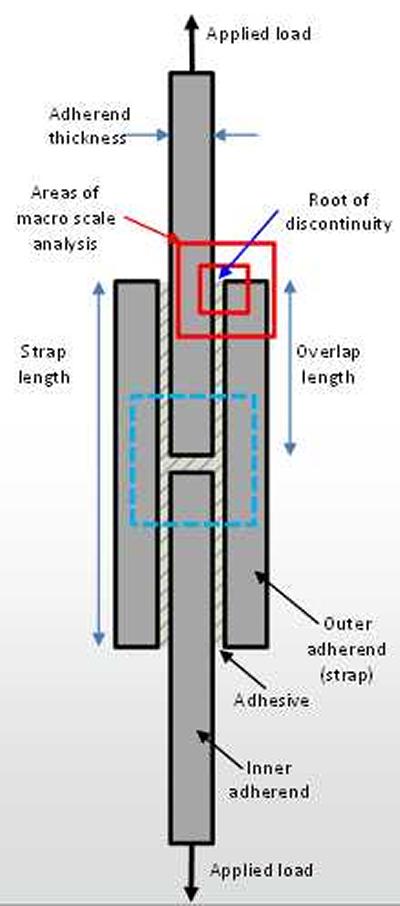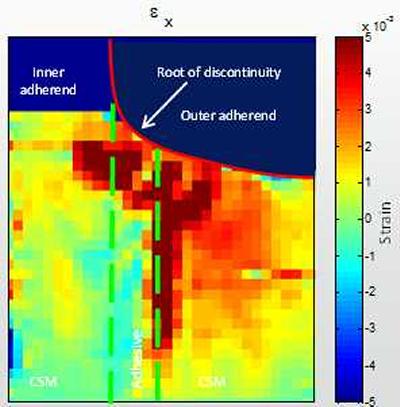Research project: Analysis of adhesively-bonded composite joints
Research Team: Dr George Crammond, Dr Stephen W. Boyd, Professor Janice M. Barton. Funded by: EPSRC Doctoral Training Grant, Institute of Marine Engineering Science and Technology (IMarEst), Stanley Gray Fellowship (£12k)



.jpg_SIA_JPG_fit_to_width_INLINE.jpg)